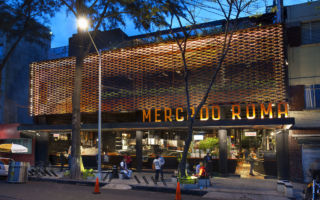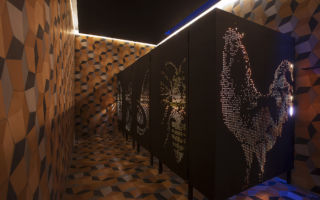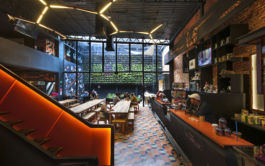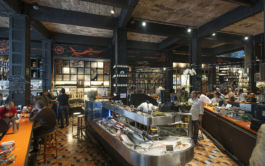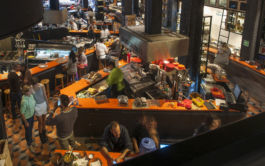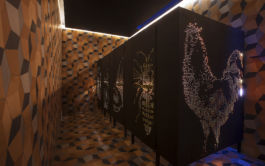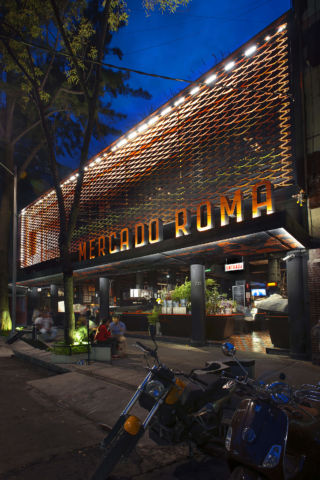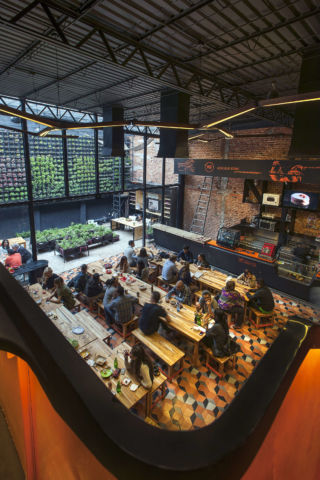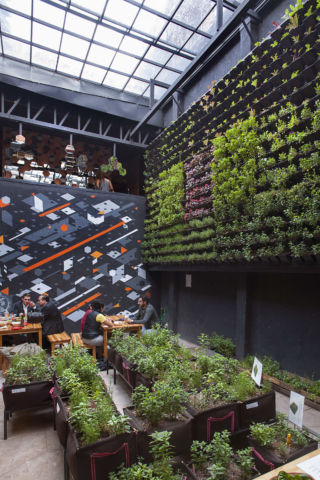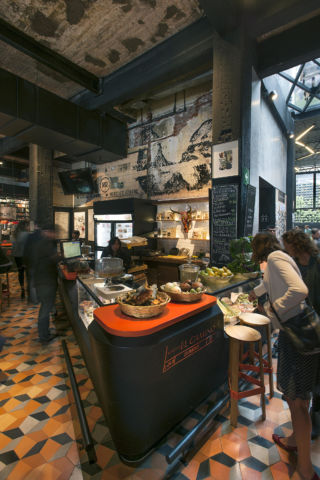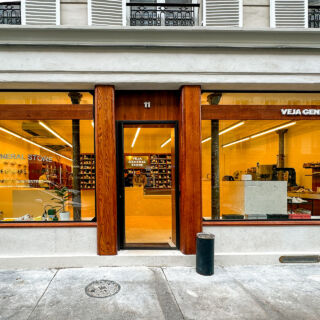Mercado Roma, Mexico City, Mexico
Design Credit:
Rojkind Arquitectos
rojkindarquitectos.com
Cadena + Asoc. Concept Design
cadena-asociados.com
With Mercado Roma, in the bohemian, rapidly gentrifying Roma district, Mexico City gets its first gourmet market. A multi-storey space to express and explore Mexico’s rich culinary traditions, the market features a selection of foodie tenants offering up quality delicacies and produce.
Collaborative and open, the market draws on the tradition of dining around a shared, communal table. Seating isn’t confined to a particular vendor, but rather runs throughout the space, encouraging shared dining experiences as consumers enjoy sushi, barbecue, pastries and more. Contemporary takes on Meso-American patterns, textures and designs complement the experience, delivering a familiar but future-oriented feeling.
With this community-oriented offering, Cadena + Associates have delivered a new benchmark in the contemporary market space.
The market is housed in an expansive former industrial space and delivers a modern reinterpretation of the traditional market grid. A ground floor area houses 53 commercial spaces along narrow laneways and footpaths, while the upper levels are home to restaurants, a bar and an open terraced area.
A fully functional terraced garden grows fresh produce to be sold within the market, forming the final step in the project’s localised seed to shelf cycle.
The space aims to encourage gourmet traditions, integrate the local community and become a platform for new culinary trends that highlight healthy, high quality and artisanal food experiences.
It’s an upmarket take on traditional market traditions, with an emphasis on food quality.
